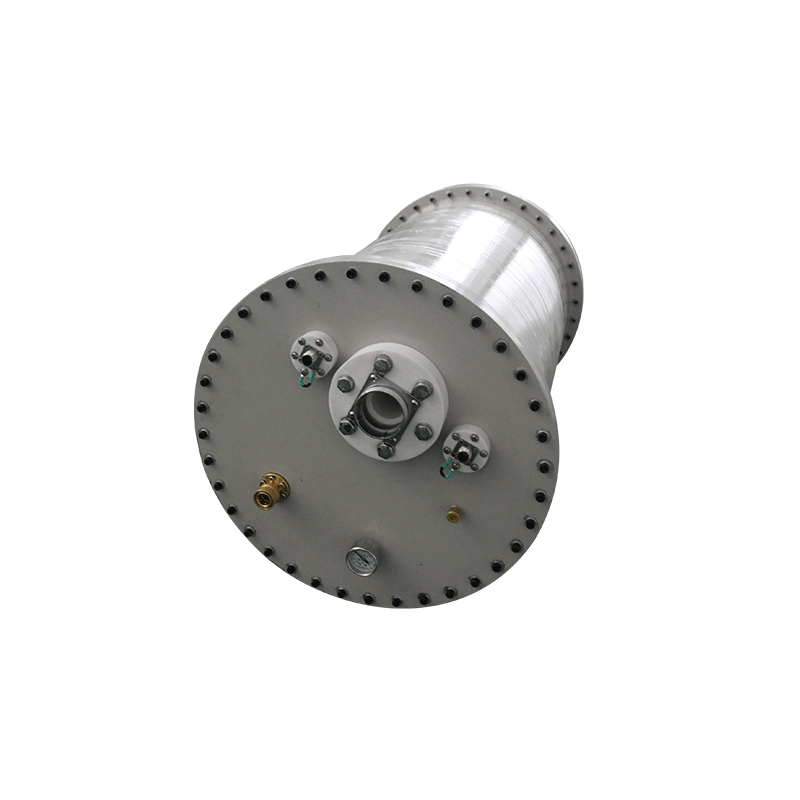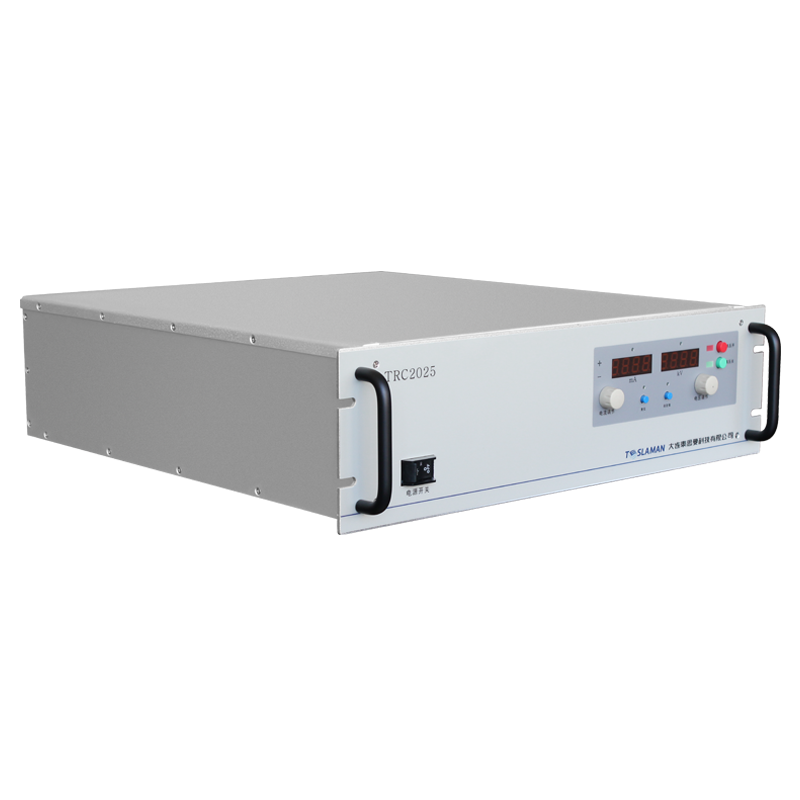Power Stability and Signal Processing Optimization for Biosensor-Based Detection Systems
In bio-detection systems, such as electrochemical or optical biosensors, the quality of the biological signal depends on the precision of the supplied power and the suppression of electrical noise. Biological signals are inherently weak, often in the range of microvolts to millivolts, making the power source a key determinant in maintaining sensor sensitivity and signal integrity.
The power architecture integrates multi-level regulation. A primary isolated converter provides coarse voltage regulation, while secondary low-dropout regulators (LDOs) perform fine regulation with noise density below 1 μV/√Hz. For electrochemical sensors, the bias voltage must be maintained within microvolt precision to preserve the redox potential equilibrium at the electrode interface.
On the signal acquisition side, instrumentation amplifiers with ultra-high common-mode rejection ratios and high input impedance are utilized. A differential measurement configuration minimizes environmental interference. To further enhance signal clarity, synchronous detection and lock-in amplification techniques are used to extract desired signals from high-noise environments.
Digital algorithms are applied to improve dynamic range and stability. Adaptive filtering and baseline correction remove slow drift and transient noise caused by power fluctuations. The power management system can dynamically adjust supply voltage and current based on biosensor type and sample conductivity, achieving optimal response times and higher detection repeatability.
This integrated approach—combining precision power regulation, intelligent adaptive control, and advanced signal amplification—ensures stable sensor operation in clinical, environmental, and biochemical analysis scenarios, where even minor power instability could result in false readings or measurement drift.




















